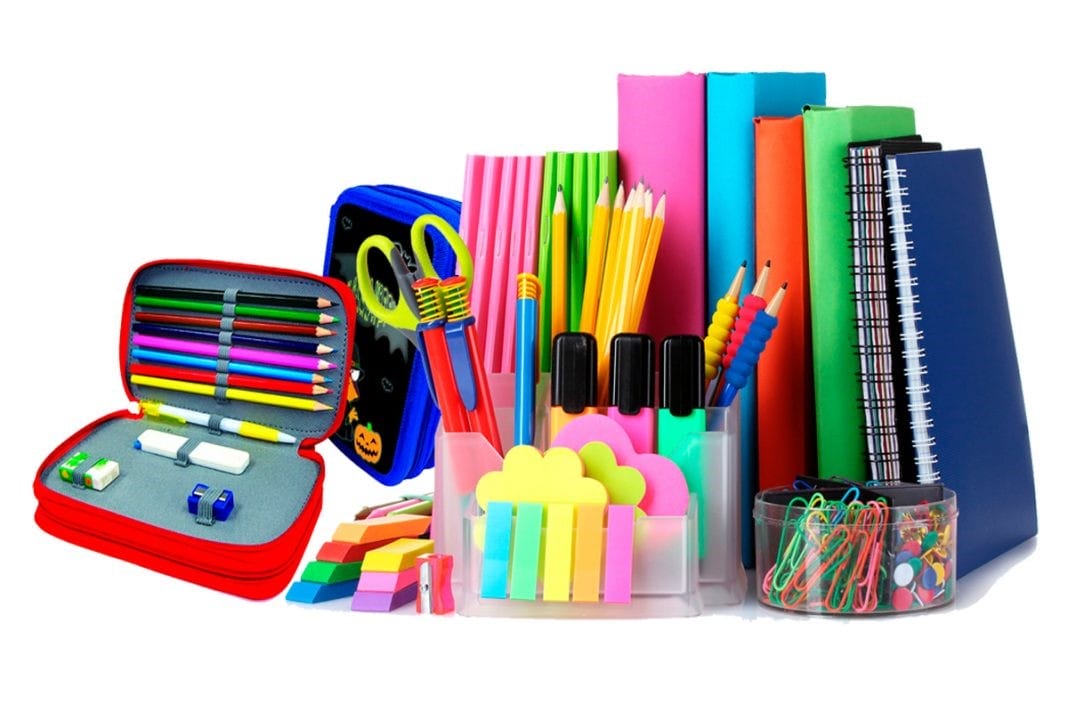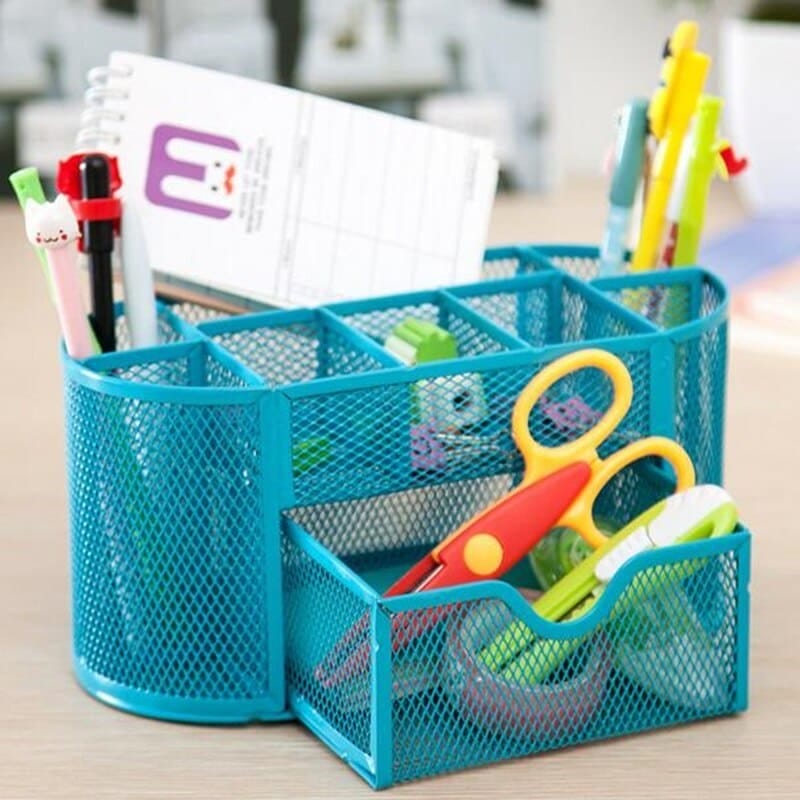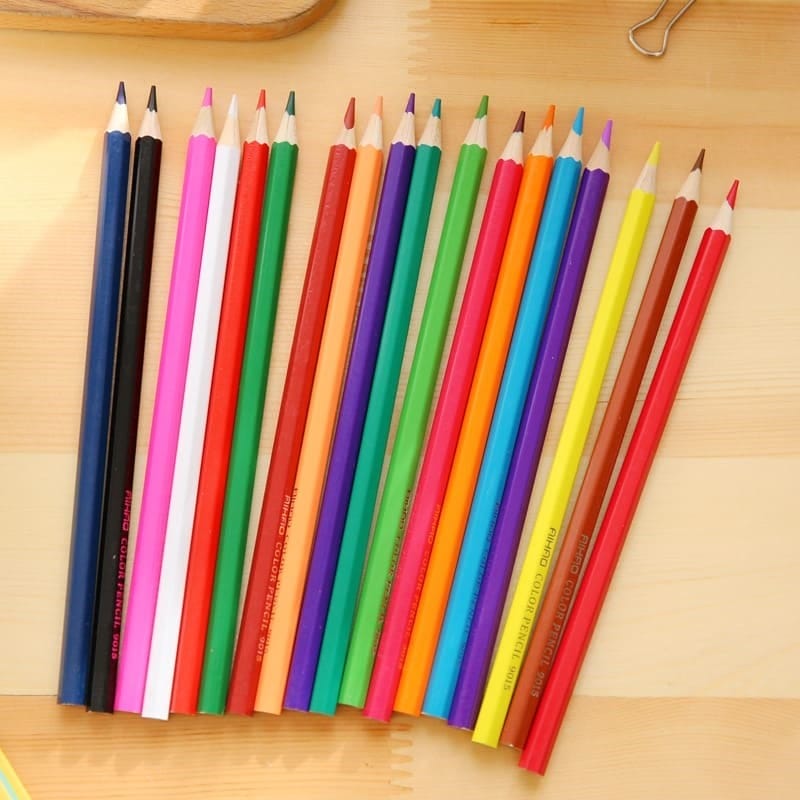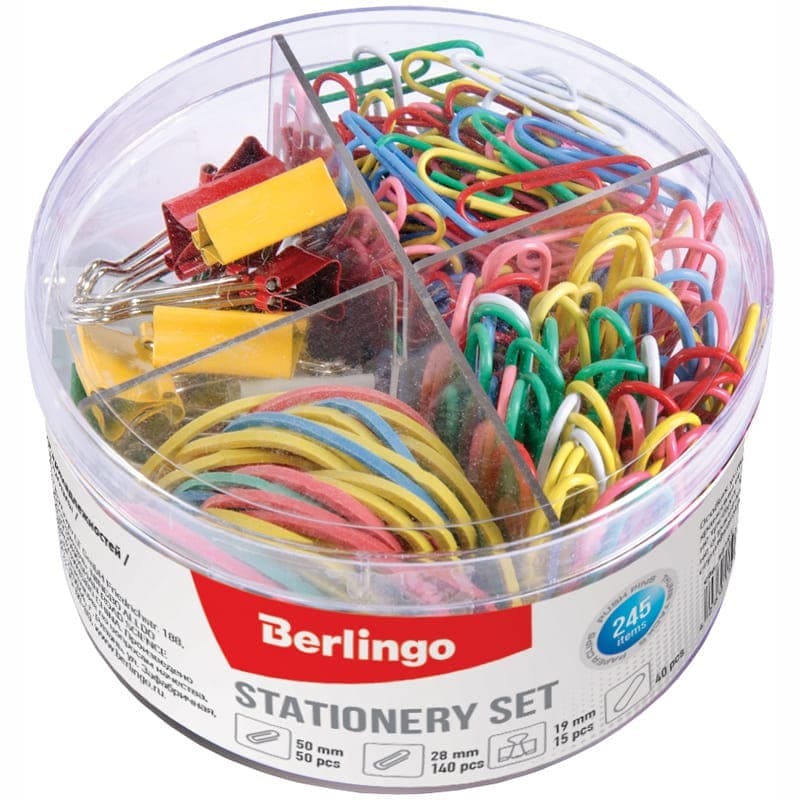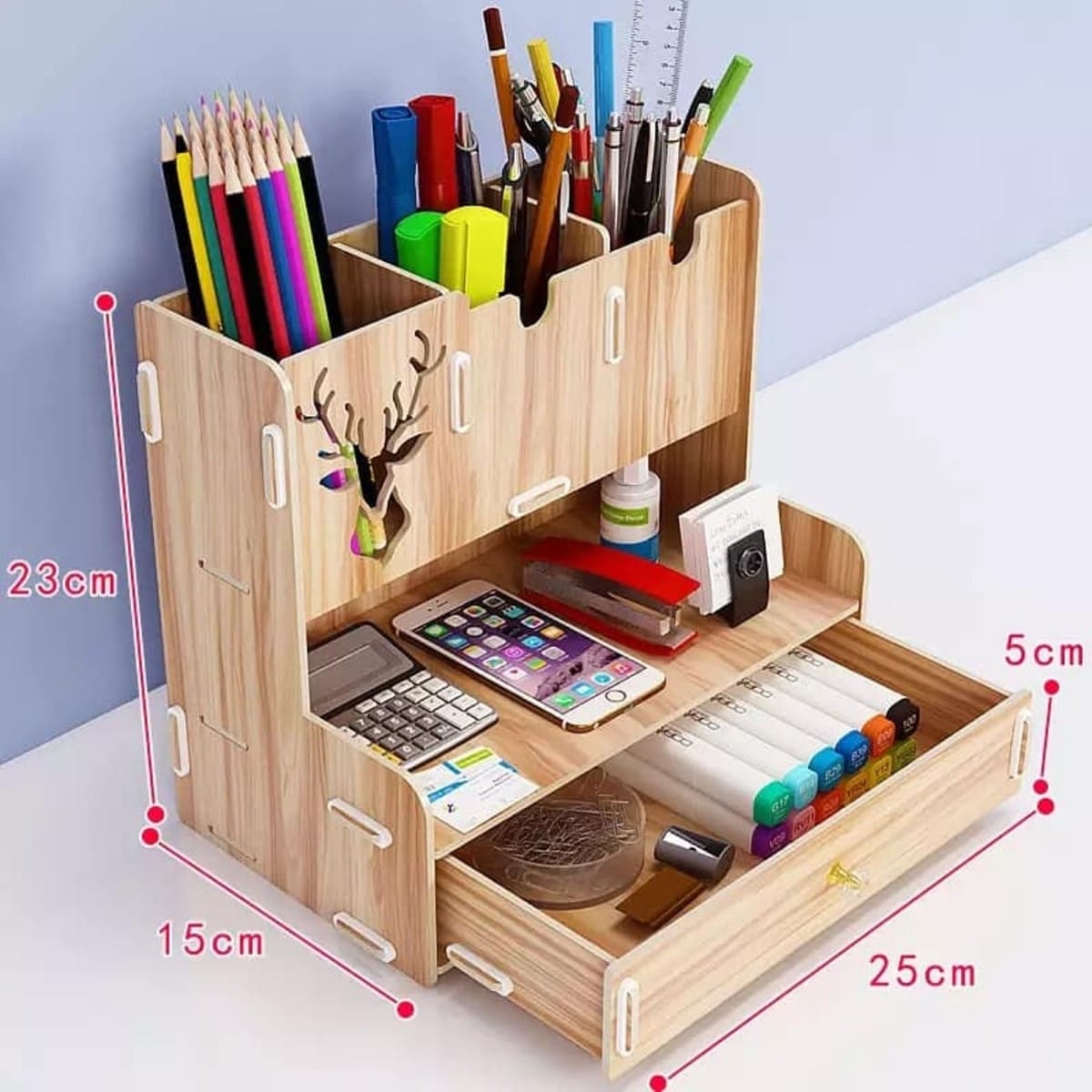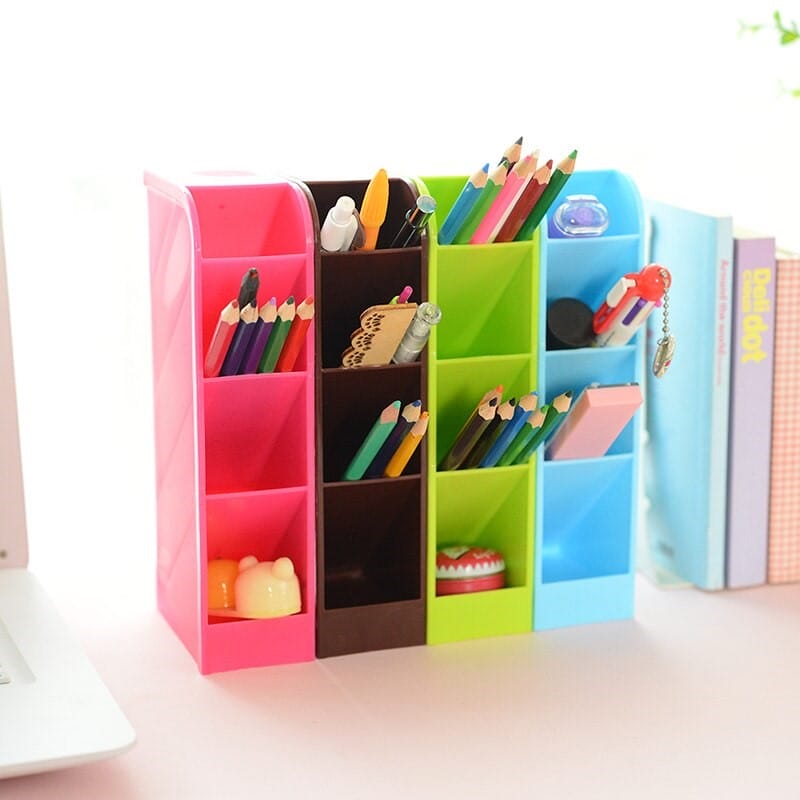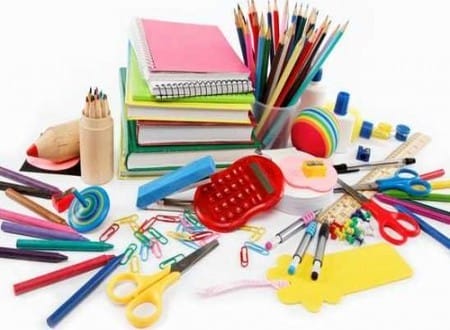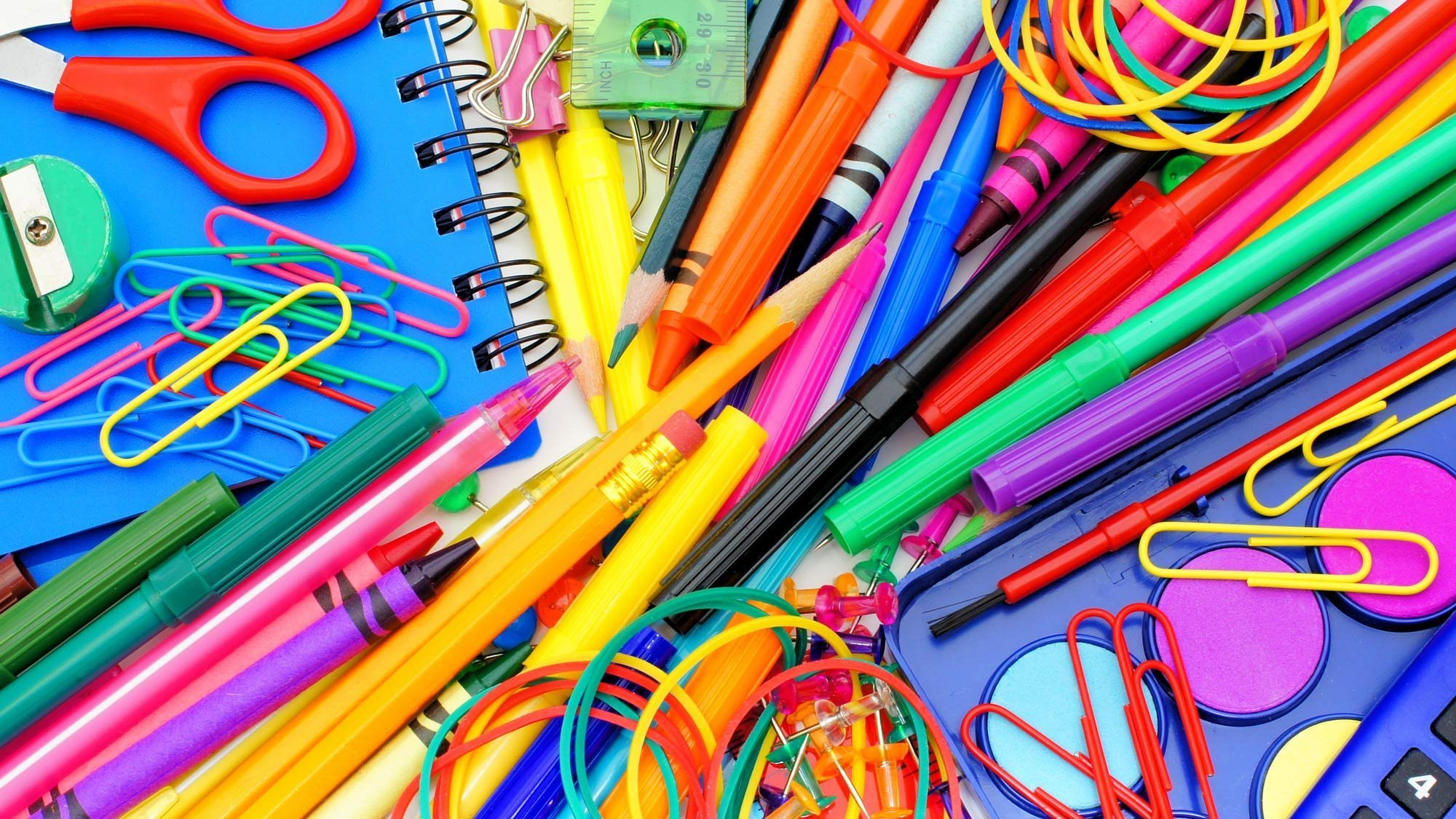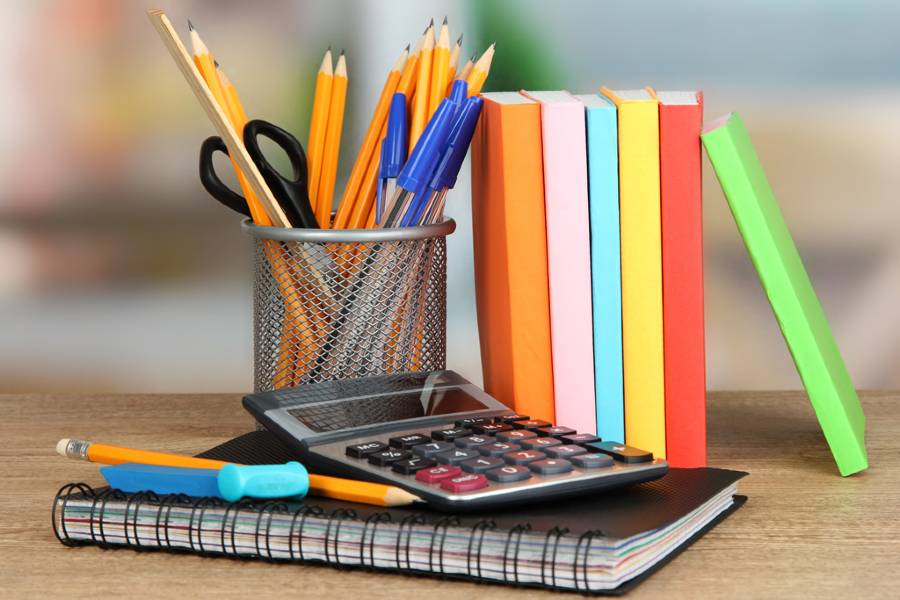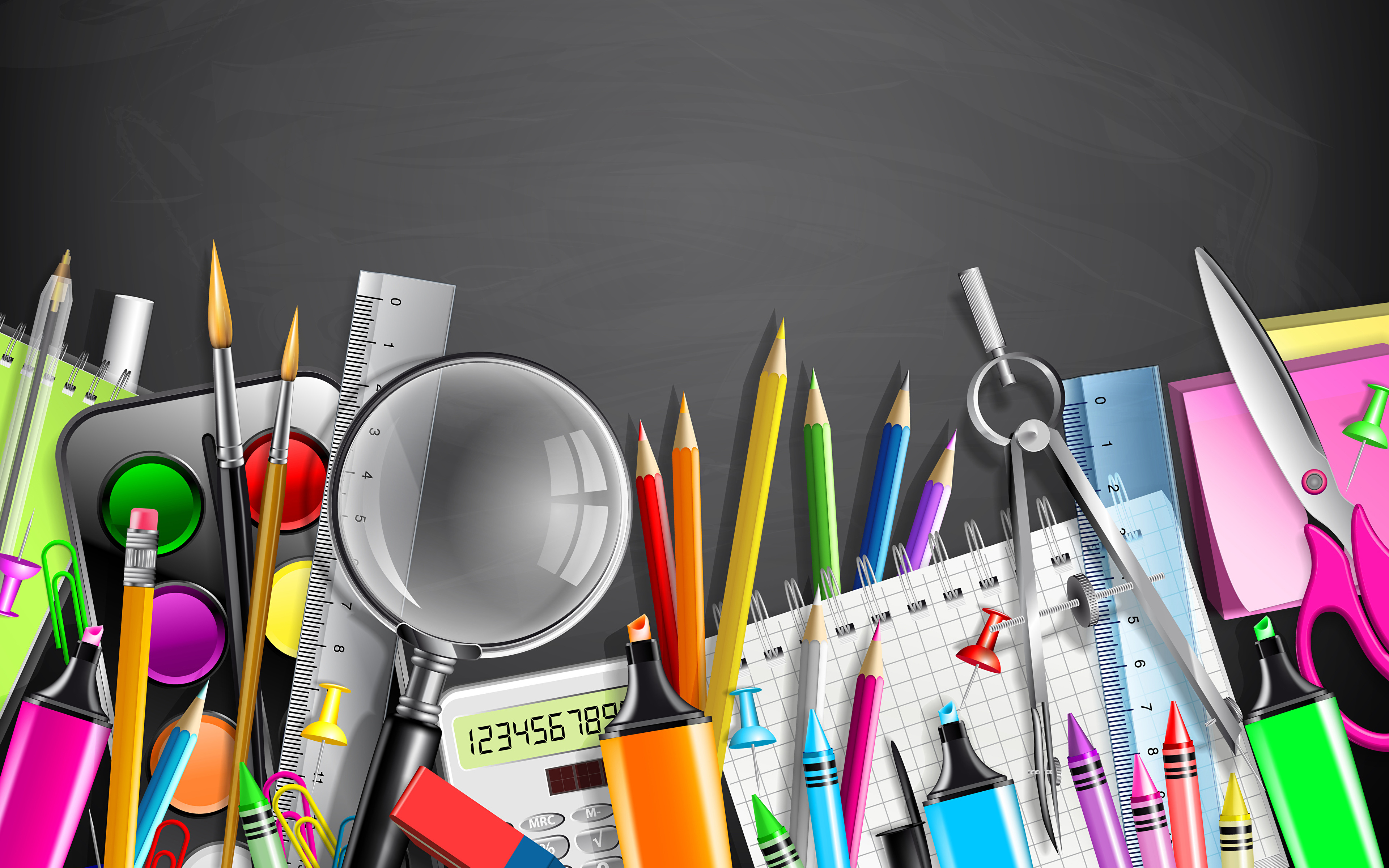Videos
Mastering Workspace Organization: Strategies for Efficient Use of Office Space

In today's fast-paced professional environment, an organized workspace is key to efficiency, productivity, and even well-being. A cluttered desk can hinder focus and creativity, while a well-organized office can facilitate smoother workflows and reduce stress. Effective organization of the workspace—whether it’s a personal desk or an entire office—relies on smart use of space, appropriate office accessories, and innovative storage solutions. This article provides practical tips for maximizing the functionality of workspaces through thoughtful organization and the strategic use of office products.
Decluttering: The First Step to an Organized Workspace
The foundation of workspace organization is decluttering. Removing unnecessary items and keeping only what is essential can dramatically improve the functionality of any space. Regularly scheduled decluttering sessions help maintain this efficiency. For items that are needed but not daily, secondary storage solutions in the office can keep them accessible without taking up prime desk space.
Efficient Desk Layout: Positioning for Productivity
An efficient desk layout is designed by considering the frequency of use for each item. Everyday tools like computers, notebooks, and pens should be within easy reach to minimize movement and save time. Less frequently used items can be stored further away but still within a comfortable distance to prevent disruption. Using desk organizers can help keep small items like clips, USB drives, and stationery contained and tidy.
Utilizing Vertical Space: Shelves and Wall Organizers
When desk space is limited, going vertical can make a big difference. Installing shelves above or beside the desk can provide ample room for books, equipment, and storage containers. Wall-mounted organizers and magnetic boards can also be used to keep important papers and notes visible and orderly. This not only frees up desk space but also keeps essential information at eye level.
Document Storage Solutions: From Files to Digital Options
Proper document storage is crucial for keeping an office organized. Traditional file cabinets are effective for paper management but consider space-saving alternatives like hanging file folders that can be placed on desktops or shelves. For offices moving towards paperless solutions, digital document storage can dramatically reduce physical clutter. Scanning important documents and organizing them in digital files not only saves space but also allows for easier search and retrieval.
Ergonomic and Compact Furniture: Smart Choices for Small Spaces
Choosing the right furniture can enhance workspace efficiency. Ergonomic furniture designed to save space, such as corner desks or those with built-in storage, can dramatically improve the usability of small office areas. Furthermore, furniture on wheels can be moved around easily, allowing for flexible changes to the office layout as needed.
Cable Management: Keeping Tech Tidy
Cable management is often overlooked in office organization. Excess wires can create visual clutter and pose safety hazards. Using cable organizers, clips, or tubes to bundle cords together can help maintain a clean and professional look. Additionally, wireless devices can reduce the number of cables required, thereby minimizing clutter.
Personal Touches: Balancing Functionality with Comfort
While functionality is crucial, personalizing the workspace can enhance comfort and motivation. Adding plants, personal mementos, or artwork can make the space more welcoming and inspiring. However, it's important to balance these personal touches with the overall organizational scheme to ensure they don't contribute to clutter.
Conclusion
Organizing a workspace effectively requires a combination of strategic decluttering, smart use of furniture, and innovative storage solutions. By considering how space is used and incorporating the right accessories and practices, professionals can create an office that not only looks good but also enhances productivity and efficiency. Whether updating a personal desk or optimizing an entire office, these tips can transform any work environment into a model of organization and efficiency.

